The Ultimate Guide To Companion Planting With Potatoes
The Ultimate Guide to Companion Planting with Potatoes
Potatoes are a delicious and versatile vegetable that can be grown in many different climates. But did you know that companion planting can help you grow healthier and more productive potato plants?
Companion planting is the practice of planting certain plants together in order to benefit each other. Some plants attract beneficial insects, while others help to repel pests. Some plants improve the soil quality, while others help to shade the ground and prevent weeds.
When it comes to companion planting with potatoes, there are a few things to keep in mind. First, potatoes are heavy feeders, so you'll want to plant them with plants that don't compete for nutrients. Second, potatoes are susceptible to a number of pests and diseases, so you'll want to plant them with plants that help to deter these problems.
With that in mind, here are some of the best companion plants for potatoes:
- Alyssum: This groundcover flower attracts beneficial insects that help to control pests. It also helps to suppress weeds and improve soil drainage.
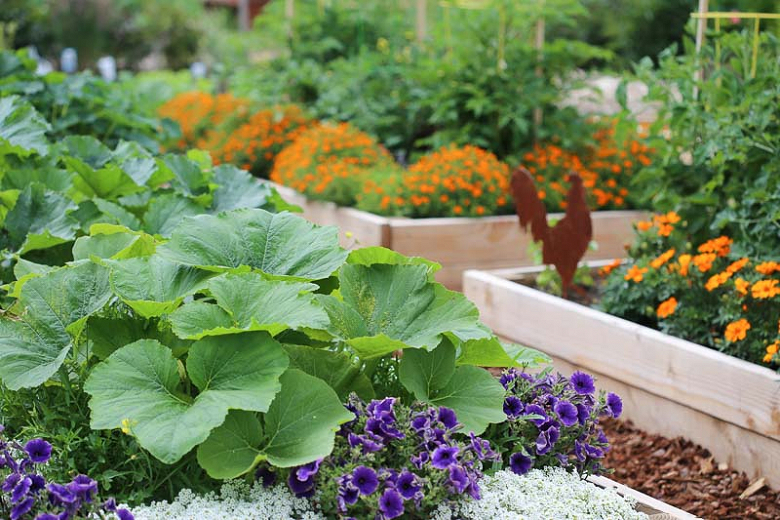
- Beans: Beans are nitrogen-fixing plants, which means they can help to improve the nitrogen content of the soil. This is beneficial for potatoes, as they are heavy feeders.
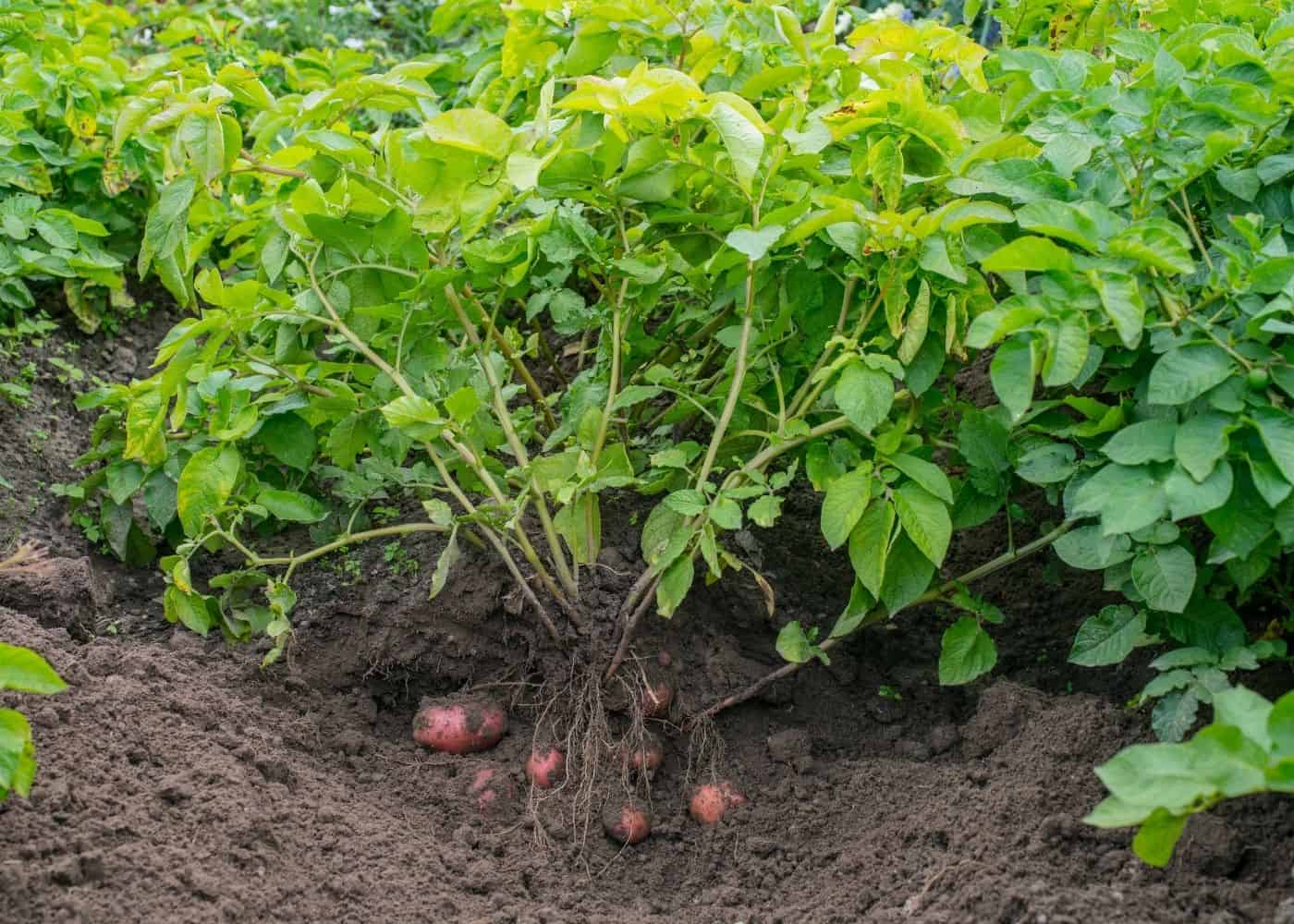
- Cabbage family plants: These plants, such as broccoli, cabbage, and cauliflower, have shallow root systems that won't compete with the deep roots of potatoes. They also help to repel pests, such as cabbage loopers and flea beetles.
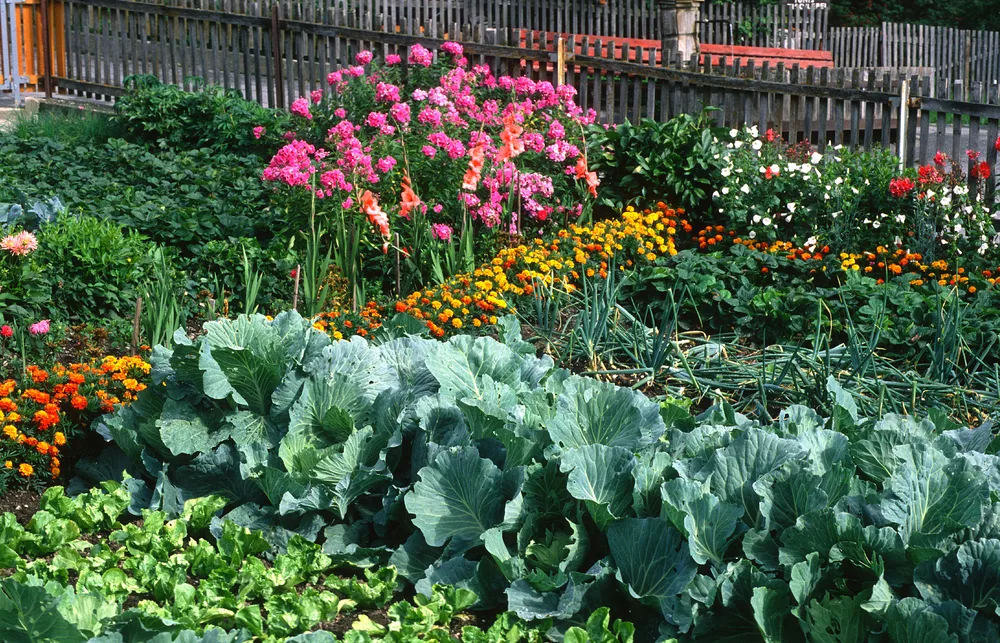
- Chives: Chives are a member of the onion family, and they help to repel pests, such as aphids and spider mites. They also help to improve the flavor of potatoes.

- Cilantro: Cilantro is another member of the onion family, and it helps to repel pests, such as aphids and whiteflies. It also helps to improve the flavor of potatoes.
- Corn: Corn is a good companion plant for potatoes because it helps to attract beneficial insects, such as ladybugs and parasitic wasps. It also helps to shade the ground and prevent weeds.

- Horseradish: Horseradish is a natural pest repellent, and it can help to protect potatoes from pests, such as Colorado potato beetles. It also helps to improve the flavor of potatoes.
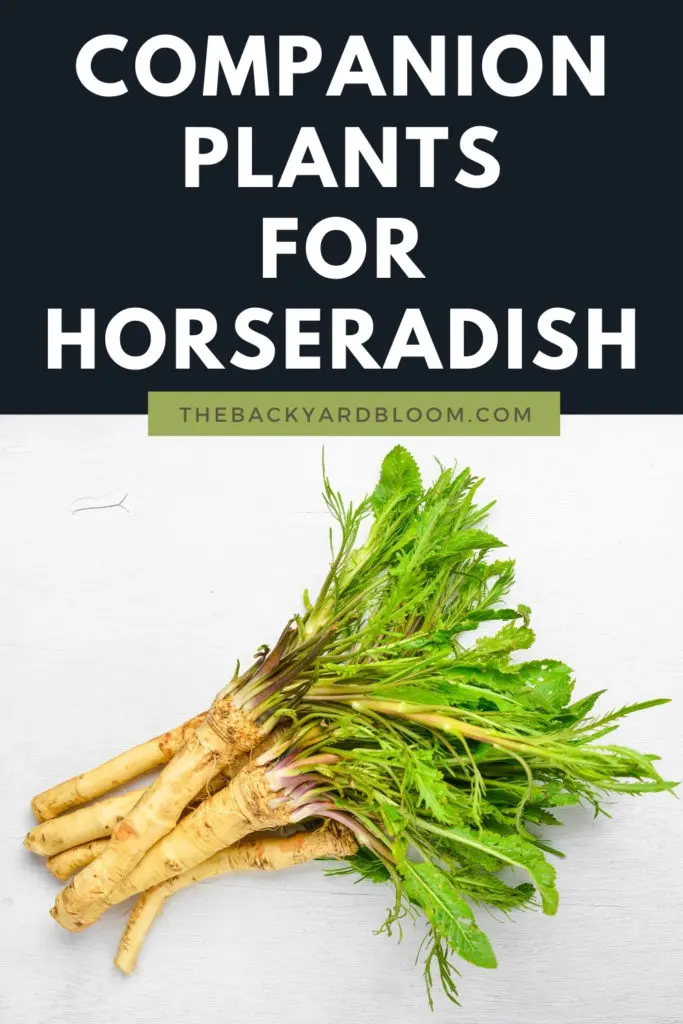
- Lettuce: Lettuce is a good companion plant for potatoes because it doesn't compete for nutrients. It also helps to suppress weeds and improve soil drainage.

- Marigolds: Marigolds are a good companion plant for potatoes because they help to repel pests, such as nematodes and root knot worms. They also help to improve the flavor of potatoes.

- Nasturtiums: Nasturtiums are a good companion plant for potatoes because they help to repel pests, such as aphids and whiteflies. They also help to improve the flavor of potatoes.

- Peas: Peas are nitrogen-fixing plants, which means they can help to improve the nitrogen content of the soil. This is beneficial for potatoes, as they are heavy feeders.

- Parsley: Parsley is a good companion plant for potatoes because it helps to repel pests, such as aphids and spider mites. It also helps to improve the flavor of potatoes.

- Spinach: Spinach is a good companion plant for potatoes because it doesn't compete for nutrients. It also helps to suppress weeds and improve soil drainage.

Potatoes are a delicious and versatile vegetable that can be enjoyed in many different ways. But did you know that the plants you grow near your potatoes can have a big impact on their flavor and yield?
That's where companion planting comes in. Companion planting is the practice of planting certain types of plants together to benefit each other. For example, some good companion plants for potatoes include beans, chives, garlic, nasturtiums, and marigolds. These plants help to repel pests, improve the soil quality, and even add flavor to the potatoes.
Of course, there are also some plants that you should avoid planting near potatoes. These include tomatoes, eggplants, peppers, cucumbers, pumpkins, and squash. These plants can compete with potatoes for nutrients and water, and they can also attract pests.
So if you're looking to grow the best possible potatoes, it's important to do your research on companion planting. A great place to start is Gardenia Inspiration. This website has a comprehensive list of companion plants for potatoes, as well as information on how to plant and care for your potato plants.
FAQ of plant next to potatoes
Q: What are some good companion plants for potatoes?
A: There are a number of plants that can be successfully planted next to potatoes, including:
- Beans: Beans fix nitrogen in the soil, which can benefit potatoes.
- Carrots: Carrots help to repel pests that can damage potatoes.
- Cucumbers: Cucumbers help to shade the soil around potatoes, which can help to keep the soil cool and moist.
- Lettuce: Lettuce helps to suppress weeds that can compete with potatoes for water and nutrients.
- Peas: Peas help to improve the drainage of the soil around potatoes, which can help to prevent root rot.
Q: What are some plants that should not be planted next to potatoes?
A: There are a few plants that should not be planted next to potatoes, as they can compete with potatoes for water and nutrients, or they can attract pests or diseases that can damage potatoes. These plants include:
- Eggplants: Eggplants are susceptible to the same pests and diseases as potatoes, so planting them together can increase the risk of infection.
- Onions: Onions can release chemicals that can stunt the growth of potatoes.
- Peppers: Peppers are susceptible to the same pests and diseases as potatoes, so planting them together can increase the risk of infection.
- Pumpkins/Squash: Pumpkins and squash can shade out potatoes, which can stunt their growth.
- Tomatoes: Tomatoes are susceptible to the same pests and diseases as potatoes, so planting them together can increase the risk of infection.
Q: How far apart should potatoes be planted?
A: The recommended spacing for potatoes depends on the variety of potato being planted and the desired size of the potatoes. However, as a general rule of thumb, potatoes should be spaced 8-12 inches apart within the row and 24-36 inches apart between rows.
Q: What are some tips for planting potatoes?
A: Here are a few tips for planting potatoes:
- Choose a sunny spot with well-drained soil.
- Prepare the soil by tilling it to a depth of 12 inches.
- Add compost or manure to the soil to improve fertility.
- Plant the potatoes in furrows that are 3-5 inches deep.
- Cover the potatoes with soil and water them well.
- Mulch around the plants to help retain moisture and suppress weeds.
Q: How do I harvest potatoes?
A: Potatoes are ready to harvest when the foliage begins to yellow and die back. To harvest potatoes, carefully loosen the soil around the plants with a garden fork. Then, carefully lift the potatoes out of the ground.
Image of plant next to potatoes
- Nasturtiums. Nasturtiums are a great companion plant for potatoes because they help to deter pests. They also add a splash of color to the garden.
- Chives. Chives are another good companion plant for potatoes. They help to improve the flavor of the potatoes and also help to repel pests.

- Beans. Beans are a nitrogen-fixing plant, which means they help to add nitrogen to the soil. This is beneficial for potatoes, which are heavy feeders.

- Lettuce. Lettuce is a good companion plant for potatoes because it doesn't compete with them for nutrients. It also helps to keep the soil cool and moist.

- Cucumbers. Cucumbers are a good companion plant for potatoes because they both prefer full sun and well-drained soil. They also help to deter pests.
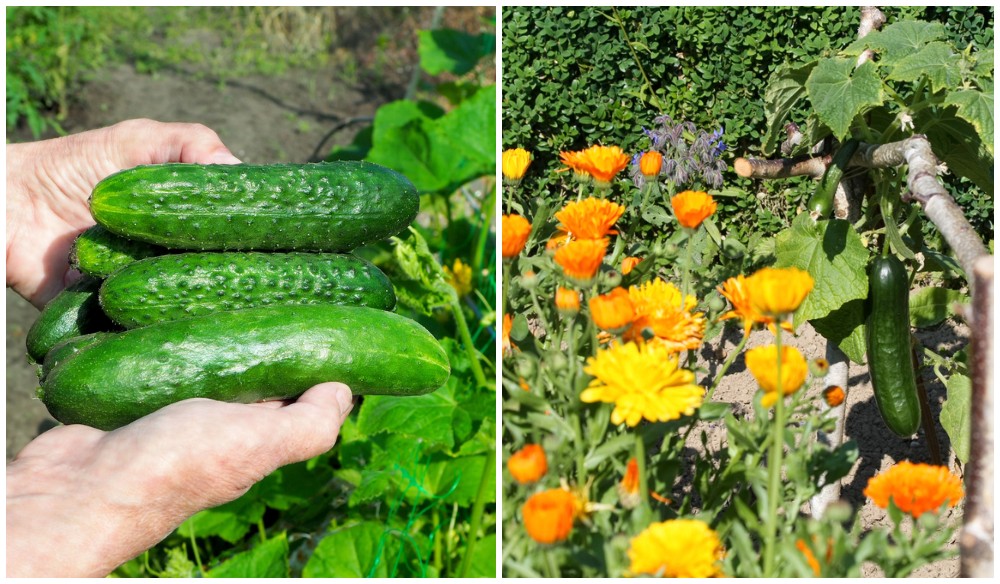
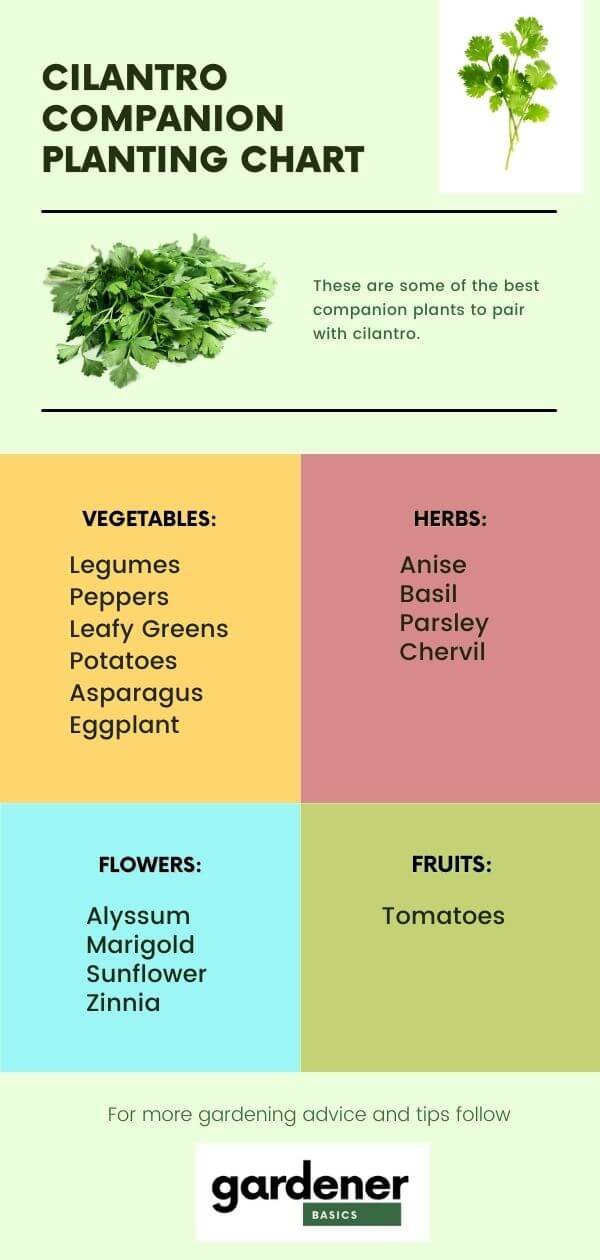
Post a Comment for "The Ultimate Guide To Companion Planting With Potatoes"